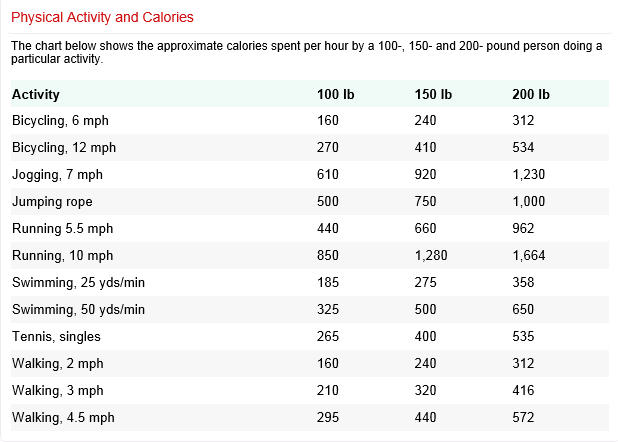Losing weight means changing the balance of calories in to
calories out. If we eat more calories than we need, we gain weight. If we eat
fewer calories than we use, we lose weight.
So start with good
information: you need to know how many calories you should eat each day for your
individual level of activity, and then you'll need to find ways to stay within
your limits.
Find out your
personal daily calorie intake and fat needs. To lose weight, you must use up
more calories than you take in. One pound equals 3,500 calories. To
successfully and healthfully lose weight—and keep it off—most people need to
subtract about 500 calories per day from their diet to lose about 1 pound per
week.
Educate yourself
Visit our Healthy
Cooking website, and learn to use nutritious ingredients and follow a
healthy preparation routine. Use
our Healthy Diet Goal guidelines to make
smart choices to benefit your heart and your overall health.
Increase calories burned
Regular physical
activity has so many proven benefits, such as to help control weight and blood
pressure and decrease the risk for heart diseases and stroke. All healthy adults
(ages 18 to 64) should get at least 2 hours and 30 minutes (150 minutes) of
moderate-intensity aerobic physical activity (e.g., brisk walking) every week or
1 hour and 15 minutes (75 minutes) of vigorous intensity aerobic physical
activity (e.g., jogging, running) every week. Additionally, you need on 2 or
more days a week muscle-strengthening activities that work all major muscle
groups (legs, hips, back, abdomen, chest shoulders, and arms). Besides helping
you lose weight, it also helps reduce your abdominal fat and preserve muscle
during weight loss.
The amount of physical activity any individual
person needs for weight loss can vary, but you will need to get both regular
physical activity and a healthy eating plan to lose weight and keep it off. A
good plan may include 30 to 60 minutes of moderate intensity aerobic physical
activity, like brisk walking, done nearly every day. Find something you can do
and find ways to enjoy it. Take a brisk walk or a jog with a friend or your
dog. Enjoy a video that gets you moving.
 You might even keep a food
diary at first to help you learn how much you
are eating and whether you're eating out of habit instead of real hunger. When
you are aware of your roadblocks you can plan alternative choices.
You might even keep a food
diary at first to help you learn how much you
are eating and whether you're eating out of habit instead of real hunger. When
you are aware of your roadblocks you can plan alternative choices.
Remember to focus on your goal: feeling your best and living a healthy
life. In the long run, you'll be so glad you invested in your health.